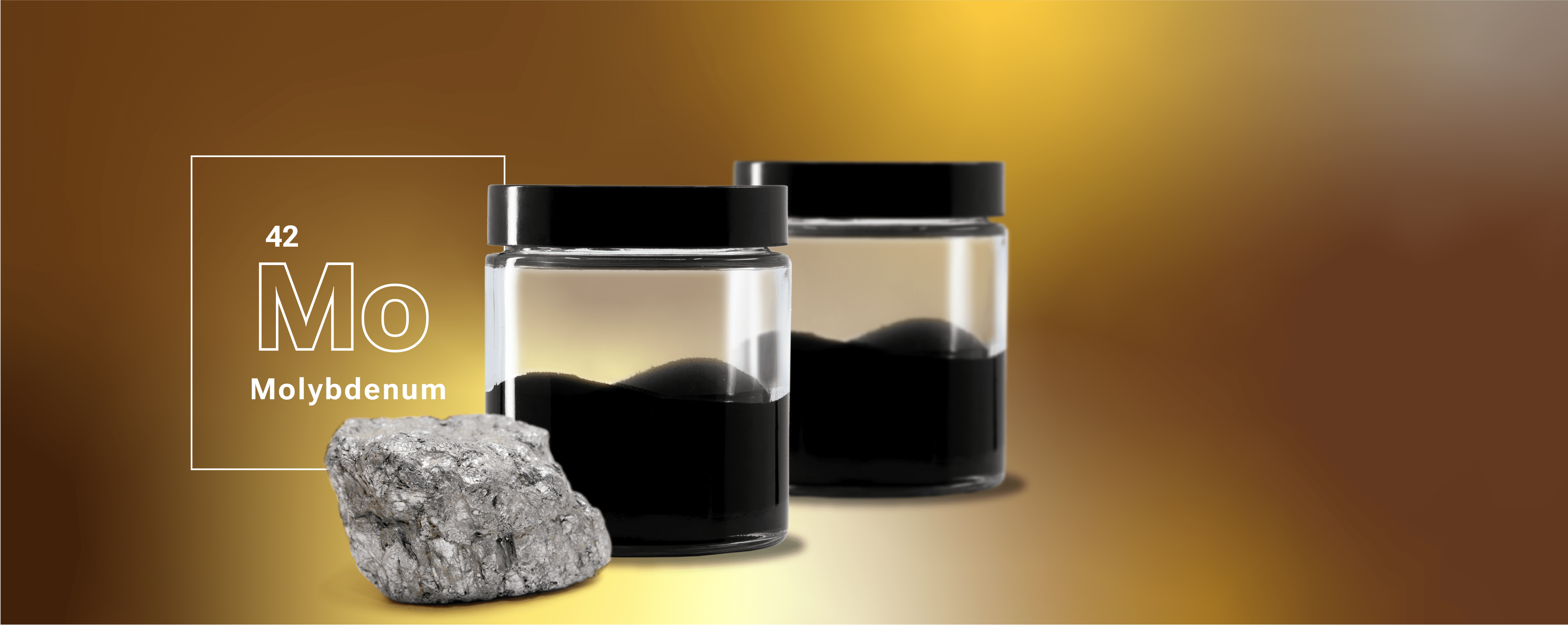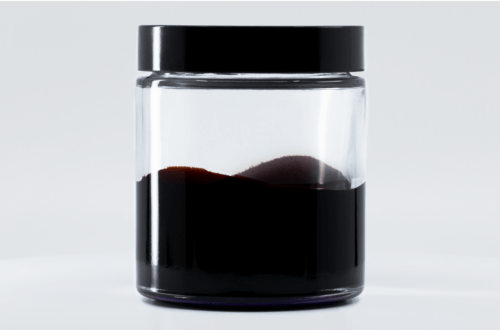Molybdenum 2-ethylhexanoate (molybdenum octoate, Mo Oct, moly octoate) is a red-brown liquid that contains 15.0 – 16.0 wt% molybdenum. Molybdenum carboxylates, specifically molybdenum octoate (Mo Oct, moly octoate), are hydrocarbon-soluble materials able to deliver a high molybdenum concentration to a variety of processes. Because of this, molybdenum carboxylates, and specifically molybdenum octoate (moly octoate, Mo Oct), are well-known homogeneous catalysts and catalyst pre-cursors in the petrochemical industry with applications including vacuum residue upgrading (often referred to as bottom of the barrel technology) and olefin epoxidation, among others. Additionally, hydrocracking processes that use molybdenum octoate as a pre-catalyst are helping the shipping industry decrease atmospheric pollution. To comply with new International Maritime Organization regulations, IMO 2020, molybdenum octoate (moly octoate, MoOct) based hydrocracking processes are used to massively reduce sulfur content in marine fuel from 3.5% to 0.5%. Molybdenum octoate (moly octoate, Mo Oct) has also been shown to be an effective co-catalyst for 1,2-polybutadiene (high-vinyl polybutadiene or liquid polybutadiene) synthesis. High-vinyl polybutadiene has excellent characteristics as a co-polymer in several radial tire applications.
Molybdenum 2-ethylhexanoate (molybdenum octoate, Mo Oct) also has several non-catalyst applications. For example, molybdenum octoate (moly octoate, Mo Oct) has good activity as a lubricant additive in greases and oils. Molybdenum 2-ethylhexanoate (molybdenum octoate, moly octoate, Mo Oct) offers excellent antioxidant properties and friction reduction when used in a typical lubricating oil formulations. The performance can be compared to other soluble molybdenum based lubricant additives (e.g. molybdenum dithiocarbamates). Molybdenum octoate (moly octoate, Mo Oct) has also been used in combination with zinc carboxylates to reduce hydrogen sulfide in asphalt and heavy fuel oil.

